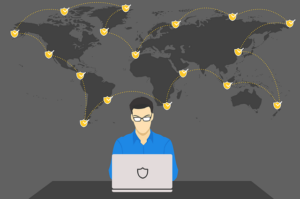This is the last post in our series of articles following our text about the tech trends for 2023. We already talked about the main branches of software development, AI & Machine Learning and the metaverse. To finish the series, today will be talking about cybersecurity. Specifically current cybersecurity technologies. The Internet grow to be […]


You made a good point that any sort of automated technology should be context-aware. I’d like to find a good cybersecurity technology firm because I plan to start a small business alongside some of my old colleagues. Being able to ensure online security would be crucial since we will be operating mostly online.